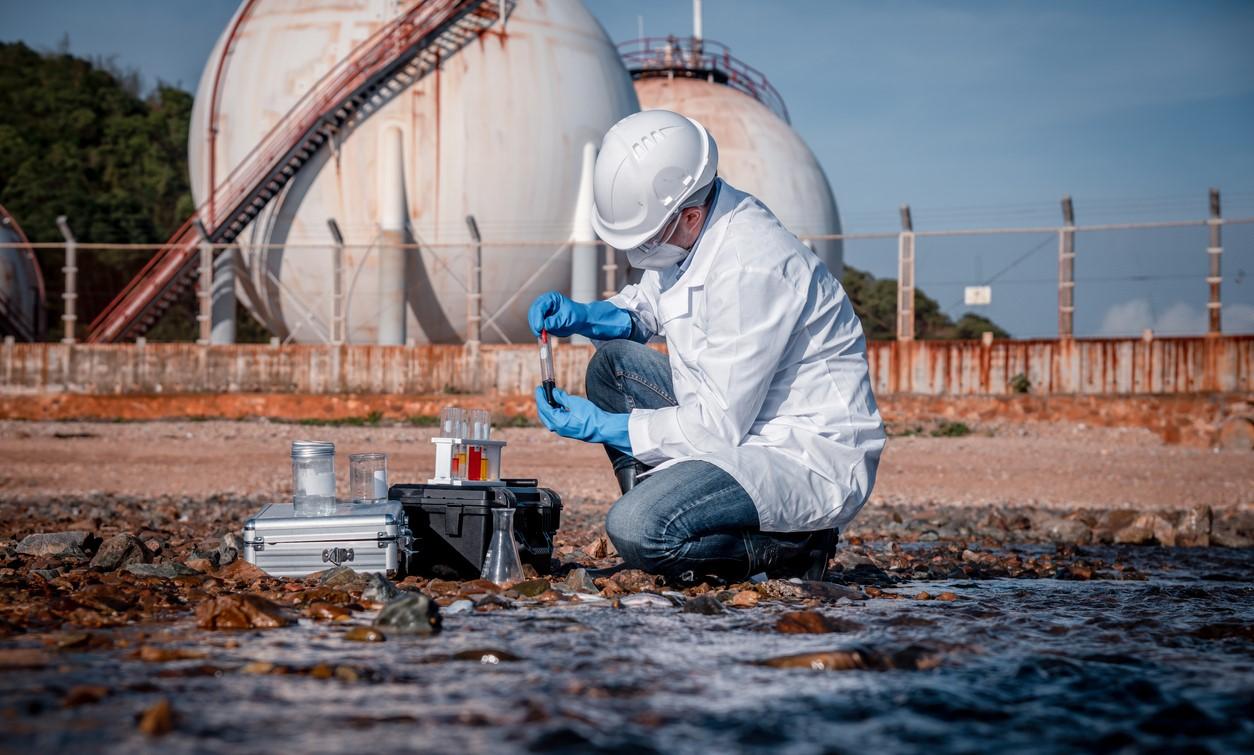
A real-world study conducted in the Democratic Republic of the Congo (DRC) found that Merck's rVSV-ZEBOV Ebola vaccine was 84% effective against infection during the country's 2018-2020 Ebola outbreak, according to a study yesterday in The Lancet Infectious Diseases.
French and DRC researchers used a test-negative design, analyzing clinical data from 42 Ebola healthcare centers (12 treatment, 9 transit, and 21 decentralized centers). They assessed data on 26,438 people, 1,273 of whom tested positive for Ebola.
The study authors wrote, "This is the first published study to assess the effectiveness of rVSV-ZEBOV outside a clinical trial and amid the most widespread use of the vaccine to date, during the second-largest Ebola virus disease outbreak ever recorded, addressing uncertainties in the real-world effectiveness of the vaccine left open by previous studies."
Protection consistent across groups
They found an overall vaccine effectiveness of 84% (95% credible interval, 70% to 92%) against Ebola virus disease 10 or more days after vaccination. In addition, effectiveness was consistent across sexes and age-groups: It was 80% in females, 86% in males, 80% in children, and 83% in adults.
The authors conclude, "Our findings reinforce the evidence for vaccinating individuals at risk of exposure to Ebola virus as early as possible during epidemics. Even in challenging settings, such as the eastern Democratic Republic of the Congo, rVSV-ZEBOV vaccination is a highly effective tool."
Even in challenging settings, such as the eastern Democratic Republic of the Congo, rVSV-ZEBOV vaccination is a highly effective tool.
In a commentary in the same journal, infectious disease physicians Deborah A. Williamson, MD, PhD, of the University of Melbourne in Australia, and Emma C. Thomson, MD, PhD, with the London School of Hygiene & Tropical Medicine, write, "Importantly, rVSV-ZEBOV effectiveness remained significant even under varied definitions of possible Ebola virus disease exposure, ranging from direct contact with an Ebola virus disease case to residing in areas with confirmed cases. These findings demonstrate the vaccine's robustness in providing protection under real-world conditions where exposure risk to Ebola virus disease can be highly variable."













